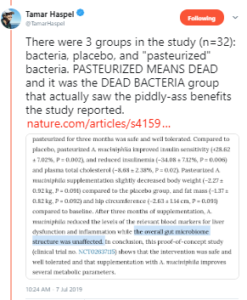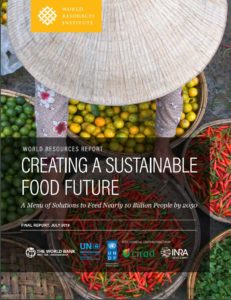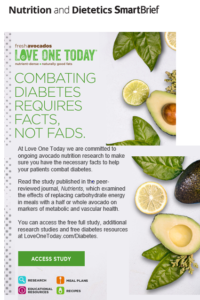The true purpose of moving the ERS out of DC: “Drain the Swamp”
Really, you can’t make this stuff up.
The Washington Examiner reports on a speech given by Mick Mulvaney, Trump’s acting chief of staff and current budget head, on why the administration chose to move the Economic Research Service from Washington DC to Kansas City:, causing 70 to 80 percent of its researchers to resign:
What a wonderful way to sort of streamline government and do what we haven’t been able to do for a long time…It’s really, really hard to drain the swamp, but we’re working at it…Guess what happened? More than half the people quit. Now, it’s nearly impossible to fire a federal worker. I know that because a lot of them work for me, and I’ve tried. You can’t do it. By simply saying to people, ‘You know what, we’re going to take you outside the bubble, outside the Beltway, outside this liberal haven of Washington, D.C., and move you out to the real part of the country,’ and they quit. What a wonderful way to sort of streamline government and do what we haven’t been able to do for a long time…even that was difficult to do.
From my standpoint, the destruction of the ERS—now a done deal—is nothing less than an American tragedy.
The ERS was an apolitical research organization, producing carefully done and highly vetted studies on all aspects of USDA’s food programs—agricultural supports, GMOs, pesticides, crop insurance, conservation, trade, food insecurity, food assistance programs, dietary guidelines.
Sometimes their studies produced inconvenient results. Sometimes truth is inconvenient.
I’ve always viewed the ERS as a national treasure. I used to think it was Washington’s best kept secret.
Somehow, somebody in this administration found out about it. It was a tiny agency and must have looked easy to get rid of.
A tragedy indeed.
Some of my previous posts on this topic. I wish they had done some good.
- September 21, 2018: USDA’s double-speak proposal to “improve” the ERS: brute-force politics
- May 28, 2019: USDA’s destruction of the Economic Research Service: A National Tragedy
- June 18, 2019: The tragic destruction of the Economic Research Service, continued
- July 10, 2019: One more time: the Economic Research Service tragedy
And this just in:
USDA’s inspector general says the department may well have violated laws by moving ERS without congressional permission.






